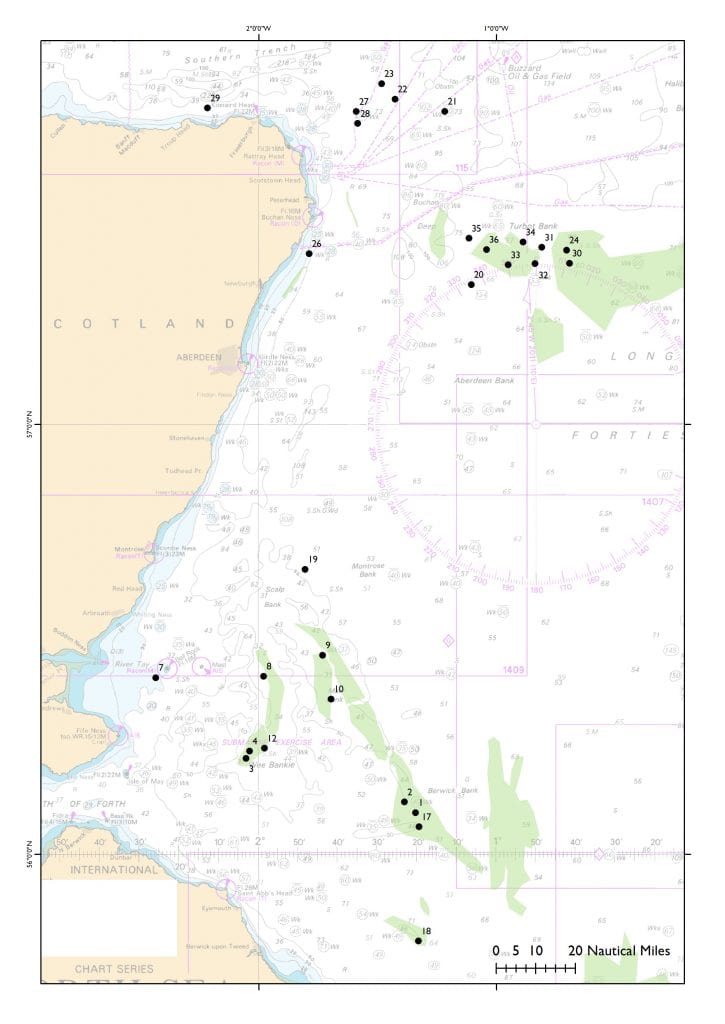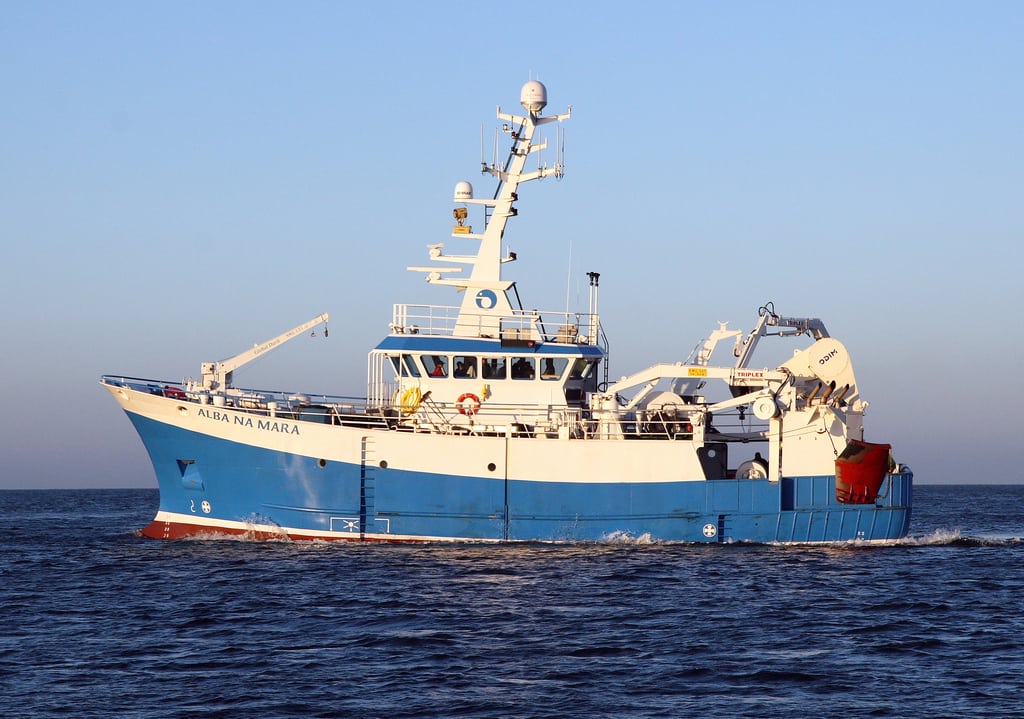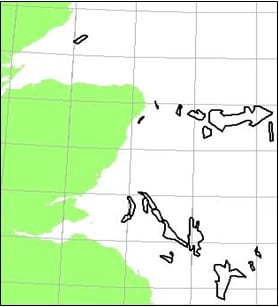Marine
Sandeel Hide and Seek
December 3, 2018 by Marine Directorate Communications No Comments | Category Fisheries, Marine Directorate general, Marine Directorate Science, Marine Directorate Surveys, Research Vessel Surveys, Year of the Engineer, Year of the Young Person
Survey: 2018A MRV Alba na Mara
Duration: 6-19 December 2018
Objectives:
- Determine the abundance, length and age of sandeels in the sediment from regions east of the Firth of Forth and around Turbot bank.
- Collect and preserve samples of A. marinus, specifically:
• all 0-group sandeels (size to be estimated from age/length keys of sampled catches) not required for age determination
• 100 age-1 individuals from each of the northerly and southerly sub-regions. - Determine the sex and maturity stage of all sandeels selected for ageing.
Equipment:
- Sandeel dredge × 2 (modified 4′ scallop dredge with 6″ teeth and spare toothbars) with towing bar and camera attachment
- TV camera
- Minilogger (or equivalent – i.e. DST).
Procedure:
The Alba na Mara will sail from Leith port and head to the most suitable sampling location to start the survey; where two regions of historical importance for sandeel fishing will be surveyed (see Figure 1).
First Half of Survey
In the first half of the survey a series of eight dredge stations to the east of the Firth of Forth will be sampled. A modified scallop dredge will be used to catch sandeels buried in the substrate at the priority stations given in Table 1 and Figure 2. Further stations in this region may be sampled if time permits.
Second Half of Survey
During the second half of the survey the dredge will be deployed at stations 20-36 in the Turbot bank region (Table 1, Figure 2). Ideally five repeat tows will be conducted at each station although this may be reduced to a minimum of two if catch quantities are low or available time is limited. Dredge duration will be approximately ten minutes at a towing speed between two and three (ideally 2.5) knots.
Sandeel Analyses
At each dredge station all sandeels will be identified to species level, measured, and otoliths (5, 8 or 10 depending on length strata, per half centimetre) will be taken for age determination (Objective 1).
All 0-group sandeels will be retained and frozen individually for later analysis. Sub-samples of 100 age-1 (size to be determined from age-length keys of sampled catches) A. marinus will be taken from the northerly (latitude > 57°N) and southerly (latitude < 57°N) sub-regions (Objective 2).
Sandeels selected for ageing will be hand stripped and assigned a maturity stage based on a simple three-point scale (I = immature/indeterminate sex; MM= mature male; MF = mature female). Immature individuals will be individually frozen for further dissection and assigned to one of two stages (IM =Immature male or IF= Immature Female). (Objective 3).

2018A Figure 2 Chart of dredge stations to be sampled in 2018A. Areas historically fished for sandeel are shown in green.





Leave a comment